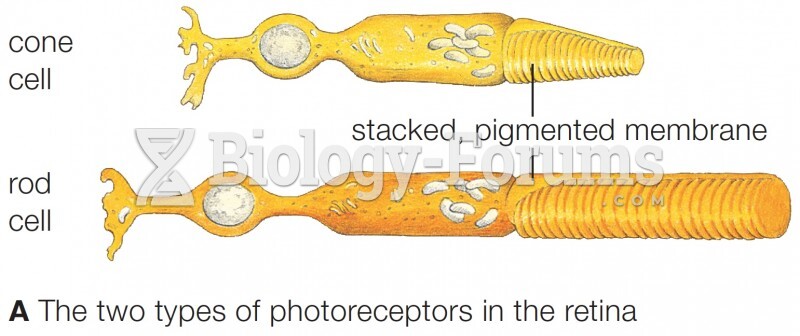Answer to Question 1
Answer: 1. Large volumes of young volcanic rocks very far from plate boundaries. Examples are Hawaii and Yellowstone On average, about 0.1 cubic kilometer of lava erupts on the island of Hawaii each year. This is enough lava to bury San Francisco a meter deep each year and is more than 5 percent of the volume erupted along all of the world's mid-ocean ridges. This incredible eruption rate built huge shield volcanoes more than 9 kilometers above the seafloor. Yellowstone National Park marks a similarly prolific volcanic hot spot where 6000 cubic kilometers of magma erupted over the last 2 million years, mostly as rhyolitic tuff.
2. Unusually prolific volcanism along or near a divergent boundary. The volcanic activity is so excessive compared to typical mid-ocean ridges that the hot spot volcanoes commonly build up well above sea level. Iceland is an example of this type of hot spot. Scientists hypothesize that there must certainly be some mechanism other than normal divergent-margin processes to generate the excessive amounts of magma.
Answer to Question 2
Answer: Compressional stress shortens and thickens the crust by plastic flow in the lower crust and while forming reverse and thrust faults in the upper crust. The principle of isostasy requires the elevation of a shortened region to increase because the thickness of crust increasesTensional stress thins and stretches the lower crust by plastic flow, while normal faults form in the upper crust. Elevation decreases where the crust becomes thinner. A thinning of the continental crust produces a block that is lower in elevation and whose root shrinks. Isostasy explains why low-elevation rift valleys form where continents lengthen by tension. Isostasy also explains why continents have wide, submerged continental shelves. Continents separate from one another where divergent plate boundaries form. When tension stretches the crust at these divergent boundaries, the crust is also thinner, forming continental shelves with lower elevation than the interior of the continent (where the non-stretched crust remains thicker). The elevation of thinned crust is lower than sea level, causing submergence of part of the continental crust. This application of isostasy explains why a small area of Earth that is underlain by continental crust is also low enough the be covered by seawater.







